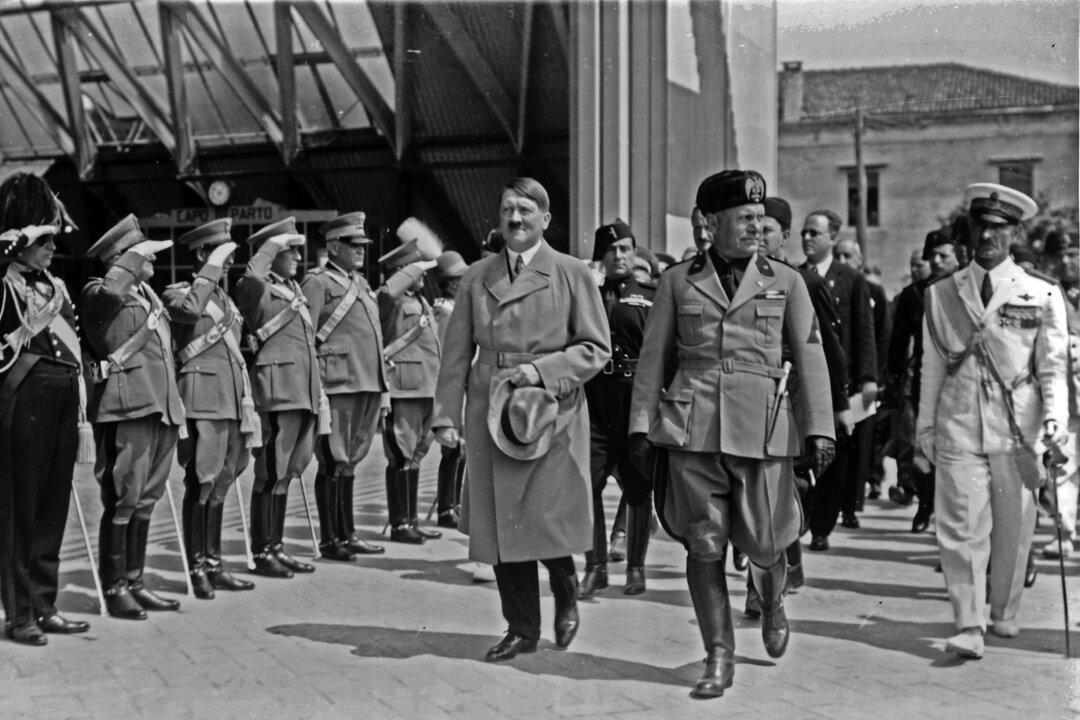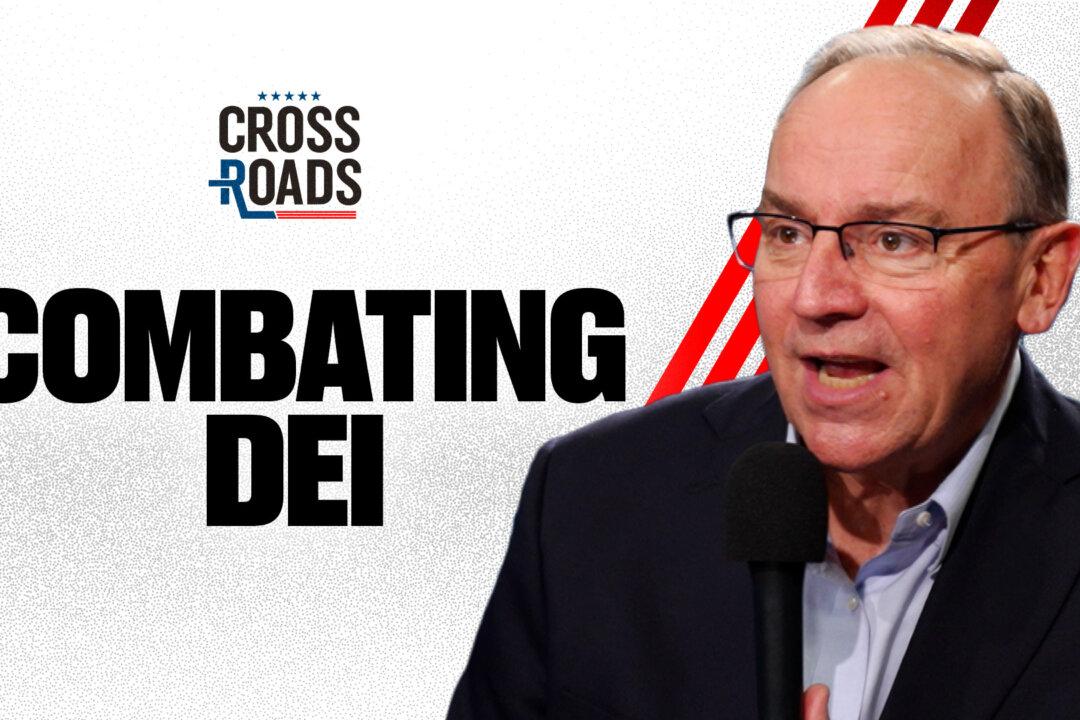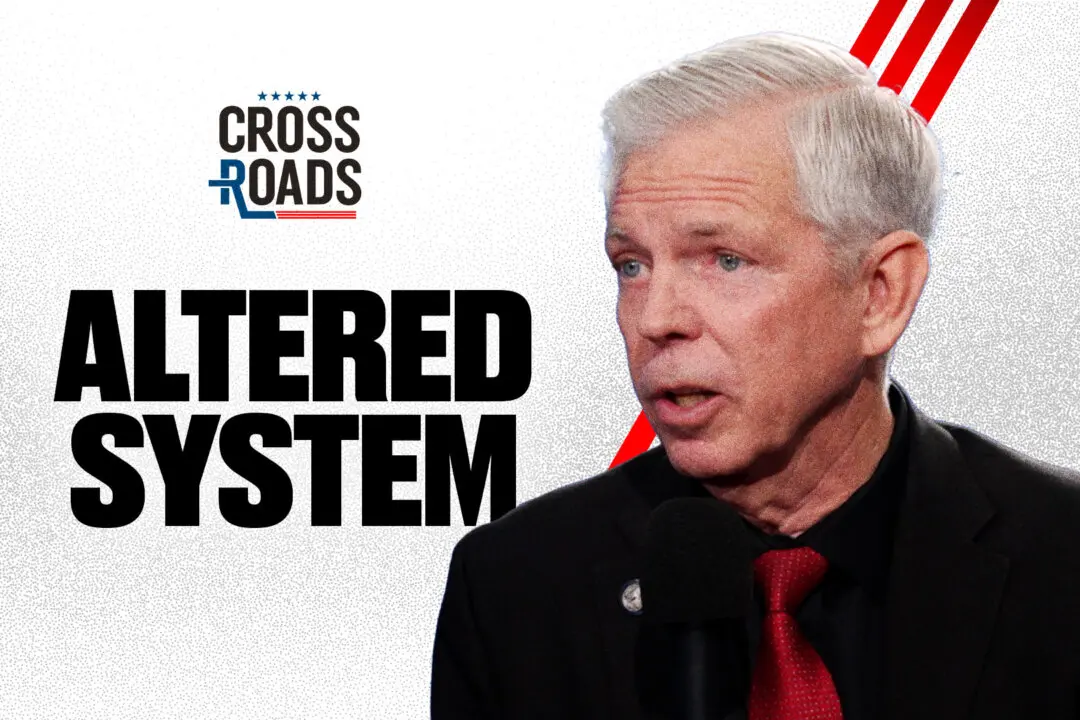The concept of a “far left” that is opposed to a “far right” is false. The systems placed on the two ends of that spectrum, including socialism, fascism, and Nazism, are all rooted in communism. And all of them share beliefs in core communist concepts, including state collectivism, planned economies, and class struggle.
All of them were merely different interpretations of Marxism, and played heavily in global politics just after World War I, at a time when the ideas of Karl Marx failed to materialize and communists had gone back to the drawing board.





